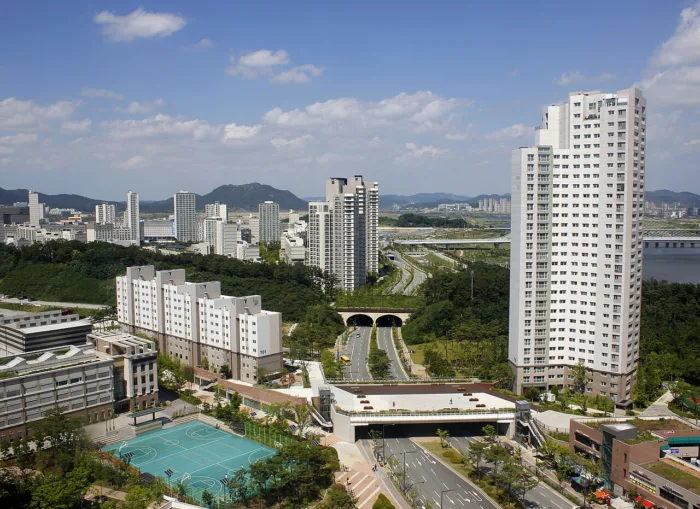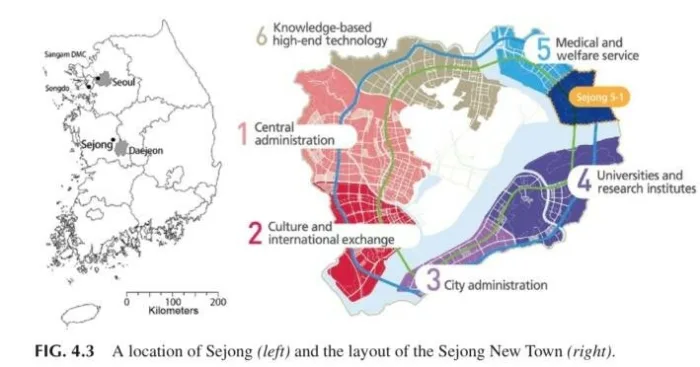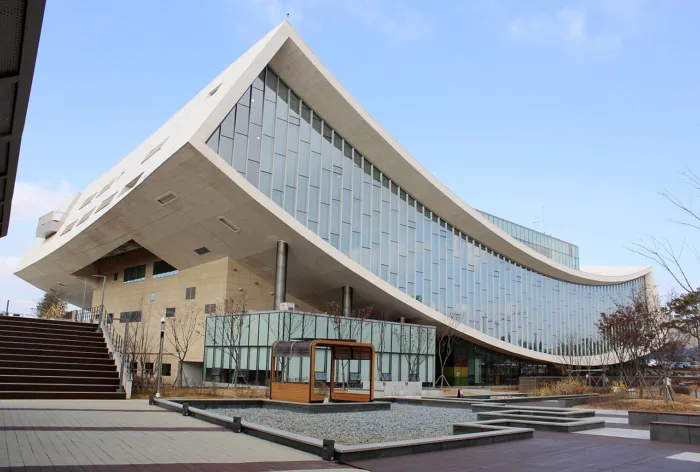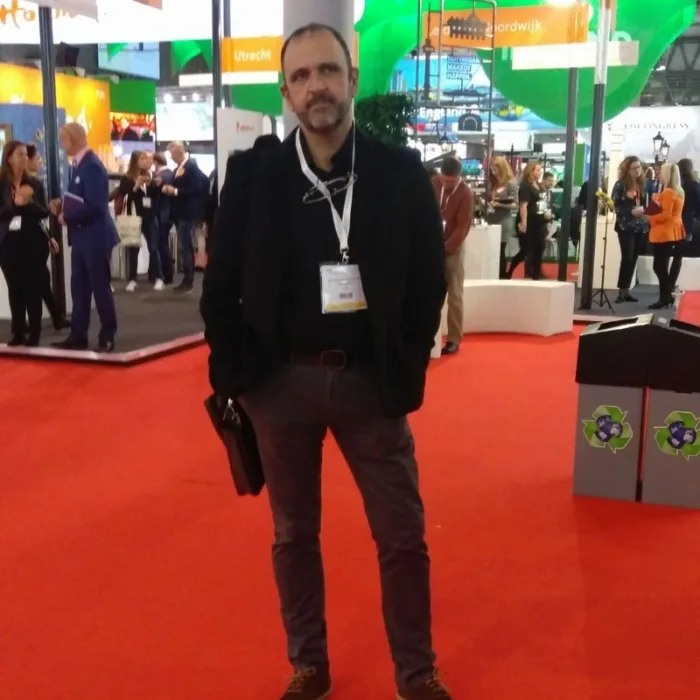Sejong City: A Model of Urban Planning and Sustainable Development in South Korea. Sejong City, officially known as the Special Self-Governing City of Sejong, is a newly established urban center conceived as an innovative solution to the challenges of administrative centralization in South Korea. This ambitious urban project aims to relieve congestion in Seoul, improving government efficiency while promoting more balanced development across the country. Beyond serving as an administrative hub, Sejong stands out as an example of advanced urban sustainability and technology. From ProdAfrica Consulting & Business Directory we propose a walk through one of the most interesting cities of the 21st century.

History and Purpose
The project to develop Sejong City began in 2005 under the presidency of Roh Moo-hyun. The central idea was to alleviate the concentration of administrative power in Seoul, which had been causing problems such as excessive traffic, uncontrolled housing price increases, and an economic gap between the capital and peripheral regions. In 2012, the city began functioning as the new administrative center of South Korea, with many government offices relocating from Seoul. Sejong has become the epicenter of public administration, although Seoul remains the political and financial capital.
Urban Structure: Life Zones and Innovation Districts
Sejong’s urban design follows a highly structured plan, dividing the city into specific zones with clearly defined functions. The city is organized into six “Life Zones,” each dedicated to different areas of activity and development. These zones are designed to optimize functionality, efficiency, and the quality of life for residents.
Life Zones 1, 2, 3, and 4 are already completed and fully operational. Life Zone 1 houses the central government offices, where major ministries and administrative agencies are located. This area is the administrative heart of Sejong and plays a key role in decentralizing South Korea’s bureaucracy. In contrast, Life Zone 2 focuses on cultural exchange, with spaces dedicated to cultural events and activities to promote social interaction and cultural enrichment. Life Zone 3 contains Sejong City Hall, along with local administrations, facilitating governance and decision-making at the municipal level. Meanwhile, Life Zone 4 serves as a hub for academic research, housing important research institutes and universities, establishing itself as a center for scientific innovation and technological development.
Life Zones 5 and 6, still under development, reflect Sejong’s futuristic and technological vision. Life Zone 5 is projected to become a “smart city” focused on medical and welfare services. This area will integrate advanced technology to provide high-quality healthcare services, promoting a welfare infrastructure built on artificial intelligence (AI) and the Internet of Things (IoT). On the other hand, Life Zone 6 is set to become a space dedicated to advanced knowledge, with a strong focus on creating innovation hubs and tech companies that will help drive the knowledge economy in the region.
Among Sejong’s six districts, District 5-1 stands out due to its partnership with Busan in a joint project that will make it a national pilot city. This district has gained international attention, particularly from European cities, for being one of the first to adopt smart and sustainable urban solutions on a large scale. Plans for this district include innovations in sustainable mobility, waste management, and energy efficiency, positioning it as a model for modern urbanism.

Sustainability and Technology
Sejong was designed as a city that fully integrates sustainability and technology into its design and operation. From the outset, the city prioritized energy efficiency and carbon emissions reduction by using renewable energy sources, such as solar panels installed in government and residential buildings. Additionally, resource management, including water and waste, relies on intelligent systems that maximize efficiency while minimizing environmental impact.

Sejong’s public transportation system is also aligned with these sustainability principles. The city is designed to promote green mobility through an extensive network of electric buses and automated transport systems that reduce the dependence on private cars. Furthermore, Sejong is being used as a testing ground for autonomous vehicle and drone technology due to its designation as a regulatory-free zone for these projects. This allows for the development of innovative urban transportation solutions without the usual regulatory restrictions.
Sejong City is not just an administrative capital but a true model of sustainability, technological innovation, and advanced urban planning. With its focus on decentralizing power, energy efficiency, and promoting smart technologies, Sejong is positioned as a pioneering city for South Korea’s future and a global example of 21st-century urbanism.
#SejongCity #investinSejongCity #investinkorea #prodafrica
Talking about Sajong City

Juan Esteban Reina (Barcelona). Degree in Human Geography. Heads the ProdAfrica team.
Spcialist in urbanism, geomarketing and tourism.
His passion is Africa. He firmly believes in the future of the continent and the ability of its people to achieve a better future for future generations.